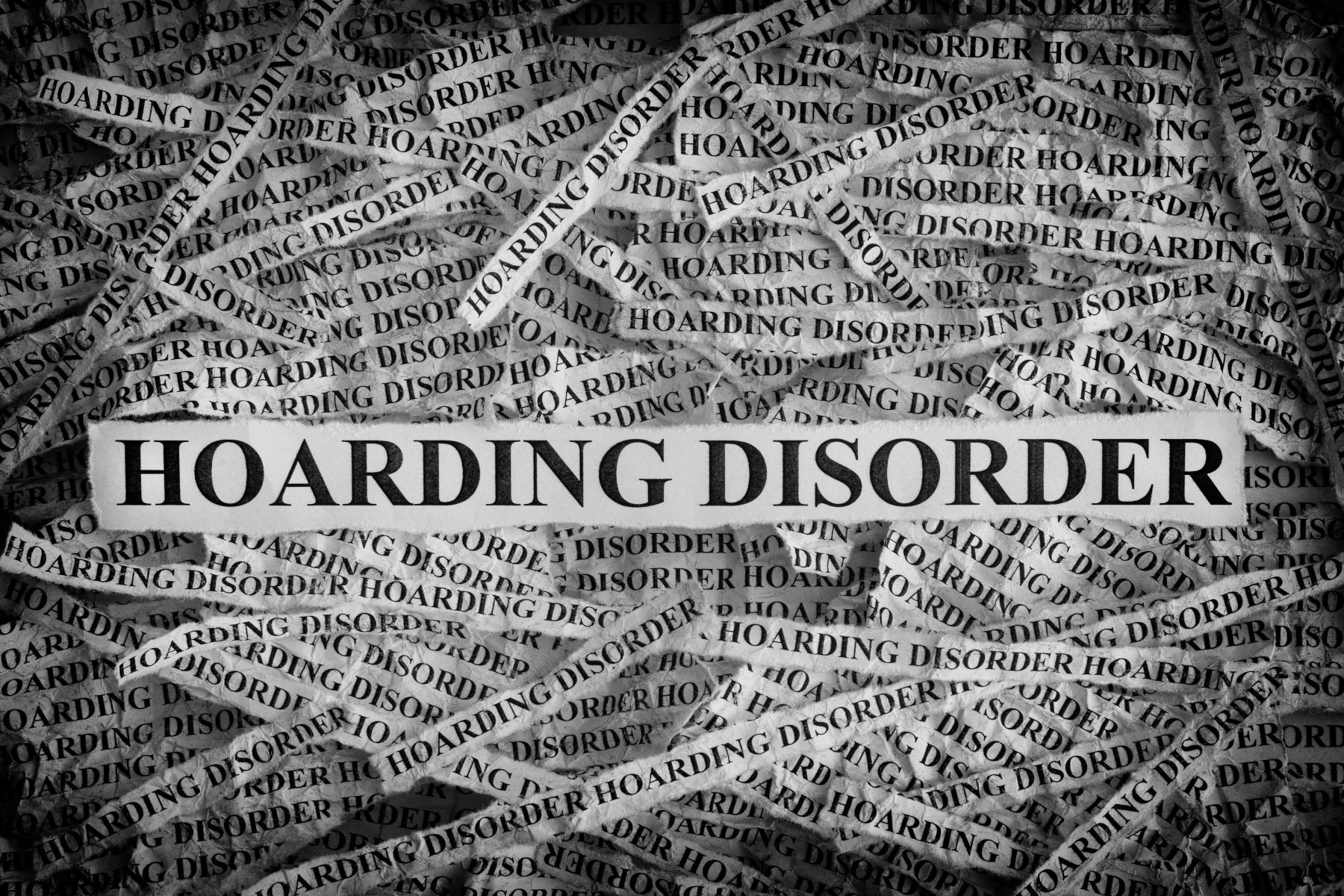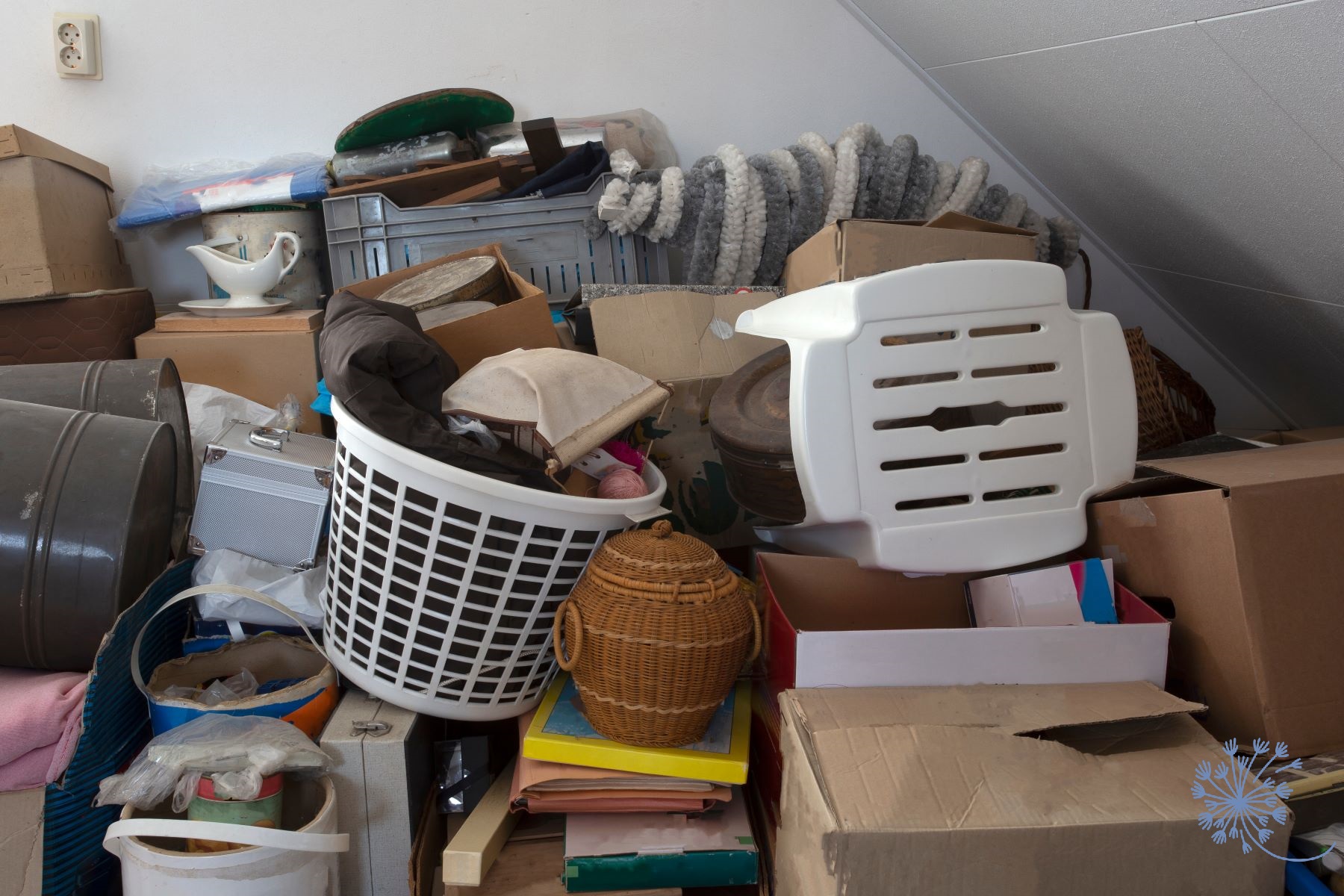Understanding the 5 Stages of Hoarding: A Compassionate Guide to Recognizing and Healing
Let’s explore the five stages of hoarding and how with compassion, understanding, and professional support, individuals can reclaim their space and emotional well-being.
by Pamela Madsen |
Hoarding is a complex mental health condition that goes beyond clutter—it is a deeply emotional experience that can impact an individual’s mental health, relationships, and overall well-being. Many people associate hoarding with extreme cases seen on television, but in reality, hoarding exists on a spectrum, progressing through five identifiable stages. As a licensed professional counselor in Atlanta, I have worked with individuals and families affected by hoarding behaviors. Whether you or a loved one are struggling with accumulating possessions, understanding the five stages of hoarding can provide clarity, encourage early intervention, and foster a path toward healing.
What Is Hoarding?
Hoarding disorder (HD) is a mental health condition characterized by excessive accumulation of items, difficulty discarding possessions, and distress or impairment caused by clutter. It is recognized as a disorder in the Diagnostic and Statistical Manual of Mental Disorders (DSM-5) and is often associated with anxiety, depression, trauma, or obsessive-compulsive tendencies. Hoarding can lead to emotional distress, health hazards, and strained relationships, but with compassion, understanding, and professional support, individuals can reclaim their space and emotional well-being. Now, let’s explore the five stages of hoarding, ranging from mild clutter to severe health and safety concerns.
Stage 1: Mild Clutter with Some Difficulty Letting Go
Signs of Stage 1 Hoarding:
- Living spaces are mostly functional but have mild clutter.
- Items may be disorganized, but walkways and doors remain accessible.
- Sentimental attachment to objects makes it hard to discard them.
- Some procrastination in cleaning, organizing, or letting go of items.
Emotional and Psychological Patterns:
At this stage, hoarding tendencies may not be fully developed, but emotional distress over getting rid of items begins to emerge. There may be underlying anxiety about wastefulness, sentimental attachment, or fear of needing the item in the future.
How to Address It:
- Start small: Decluttering a single drawer or a small area can help ease anxiety.
- Practice mindful decision-making: Ask, “Do I use or love this item?”
- Seek support: If letting go is emotionally difficult, working with a therapist or professional organizer can help.
Stage 2: Noticeable Clutter with Increased Emotional Distress
Signs of Stage 2 Hoarding:
- Increased clutter in living areas, making it harder to use furniture or surfaces properly.
- Accumulation of unnecessary items, including newspapers, mail, or excessive decorations.
- Difficulty throwing things away, even if they are broken or no longer useful.
- Some embarrassment about the clutter but still allowing visitors in the home.
Emotional and Psychological Patterns:
At this stage, anxiety and avoidance behaviors become more apparent. Individuals may start rationalizing their hoarding or feeling intense stress at the thought of discarding items. The home is still functional, but clutter begins interfering with daily life.
How to Address It:
- Set a decluttering schedule: Even 10-15 minutes a day can create progress.
- Address emotional attachments: Recognizing that memories are in the heart, not in objects, can help reduce attachment.
- Use professional support: A counselor can help explore underlying fears and emotional connections to hoarding.
Stage 3: Significant Clutter and Social Isolation
Signs of Stage 3 Hoarding:
- Clutter begins blocking access to parts of the home (e.g., hallways, sinks, or beds).
- Increased accumulation of paper products, food containers, or unused items.
- Avoidance of visitors, leading to social isolation or embarrassment.
- Some neglect of household maintenance, such as broken appliances or non-functional plumbing.
- Emotional distress when attempting to declutter, leading to procrastination.
Emotional and Psychological Patterns:
By this stage, hoarding behaviors are impacting daily functioning. The individual may feel overwhelmed, ashamed, or defensive about their belongings. Social isolation begins to take hold as the person avoids judgment from friends or family.
How to Address It:
- Recognize the emotional toll: Hoarding is not just a physical issue—it is an emotional one. Seeking professional therapy can provide guidance in understanding the root causes.
- Break down decluttering into steps: Start with one area instead of the entire home.
- Consider accountability partners: Having a trusted friend or professional can make decluttering feel less overwhelming.
Stage 4: Severe Clutter with Health and Safety Risks
Signs of Stage 4 Hoarding:
- Blocked living spaces, making daily activities (cooking, sleeping, bathing) difficult.
- Pest infestations, mold growth, or unsanitary conditions.
- Excessive accumulation of expired food, broken items, or hazardous materials.
- Extreme difficulty discarding anything, even trash.
- Emotional distress, anxiety, or even anger when discussing decluttering.
Emotional and Psychological Patterns:
At this stage, hoarding has deep emotional roots, often linked to past trauma, loss, or severe anxiety. Individuals may feel out of control or trapped by their belongings, yet unable to take action.
How to Address It:
- Professional intervention is critical: A mental health professional specializing in hoarding disorder can help navigate emotional resistance.
- Gentle, compassionate support is key—shaming or forcing decluttering often leads to emotional distress and further avoidance.
- Focus on small victories: Encouraging progress rather than perfection can help reduce feelings of helplessness.
Stage 5: Extreme Hoarding with Life-Threatening Consequences
Signs of Stage 5 Hoarding:
- Severe health and safety risks, including structural damage, fire hazards, and extreme unsanitary conditions.
- Complete loss of functional living space—individuals may sleep in chairs or unsafe areas.
- Legal issues such as eviction, housing code violations, or child protective services involvement.
- Denial or refusal of help, despite the severity of the situation.
Emotional and Psychological Patterns:
At this extreme stage, mental health crises, severe depression, or cognitive impairments may be involved. Individuals often experience intense distress, shame, and a deep sense of helplessness.
How to Address It:
- Professional mental health and social services intervention is required.
- A team approach (therapists, social workers, organizers, and family support) is often necessary.
- Patience and understanding are essential—hoarding disorder is deeply rooted in trauma, anxiety, and emotional pain.
Final Thoughts: Hope and Healing Are Possible
Hoarding is not a personal failure—it is a mental health condition that requires compassionate support and professional intervention. Whether you or a loved one are struggling with hoarding tendencies, understanding the five stages can help you recognize early warning signs and take proactive steps toward healing. If you or someone you love is experiencing emotional distress related to hoarding, I encourage you to seek professional help. As a licensed professional counselor in Atlanta, I am here to provide guidance, support, and resources to help navigate the journey toward emotional and physical well-being. You are not alone—healing is possible, one step at a time.






